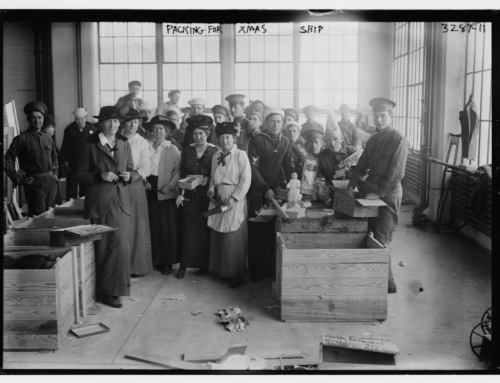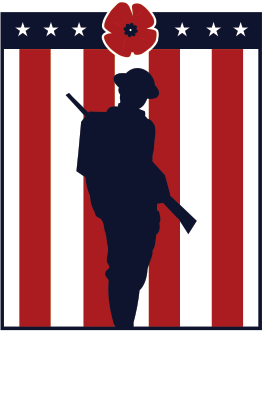It’s become increasingly evident that U.S. President Donald Trump’s rhetoric about Canada becoming the 51st state isn’t just bluster to achieve a more advantageous trade position.
So far at least, he hasn’t mentioned any use of military force to realize territorial expansion and U.S. national security adviser Mike Waltz said he doesn’t think Trump “has any plans to invade Canada.”
But a plan to so do already exists and has for nearly 100 years.
However, War Plan Red, one of several colour-coded war plans devised by U.S. military strategists after the First World War, didn’t identify Canada as a threat. The Yankees’ crosshairs were aimed at the British Empire and the red was a reference to the coats worn by British soldiers during the American Revolutionary War.
In the plan Canada’s hue is crimson and America’s is blue.“Geographically, while CRIMSON provides the RED Empire as a whole with advantageous bases at such widely separated points as to invite an initial dispersion of BLUE armed forces, CRIMSON itself occupies an extremely weak position with respect to BLUE,” reads the plan, first developed in 1925, updated in 1935 and declassified in 1974.“While its territory is of great extent, all well developed parts thereof lie close to the BLUE border; hence, they are especially vulnerable to attack from BLUE.”
Initially, the strategy wasn’t developed with annexation in mind but with a “the best defence is a good offence” mentality that would result in incursions and short-term occupations until the larger conflict with the British was resolved, one way or another.The 1935 update, however, declared that the U.S. would hold any gained territory in Canada “in perpetuity.”“The policy will be to prepare the provinces and territories of CRIMSON and RED to become states and territories of the BLUE union upon the declaration of peace.”If the U.S. lost, they assumed Canada would ask for “Alaska be awarded to her” in return for all the hassle.
Thankfully, Canada remains a sovereign nation, but if the Americans did decide to go to war against Britain, here’s how they envisioned it playing out.
U.S. secretly hoped Canada would ally with Britain
Even though they’d been allies toward the end of the First World War, the relationship between the U.S. and Britain remained frosty in the intervening years — due in no small part to the latter’s massive war debt to America.
Further compounding matters was the British Royal Navy had become the superpower of the sea while American shipbuilding was “in a very depressed state” and years from being revived.
If a war were to break out, the probable cause was assumed to be related to one or both countries interfering with the other’s principal foreign trade relationships or routes.

The drafting of War Plan Red began in 1925. It was declassified in 1974. Photo by National Archives at College Park
→ Read the entire article on the National Post website.
External Web Site Notice: This page contains information directly presented from an external source. The terms and conditions of this page may not be the same as those of this website. Click here to read the full disclaimer notice for external web sites. Thank you.





